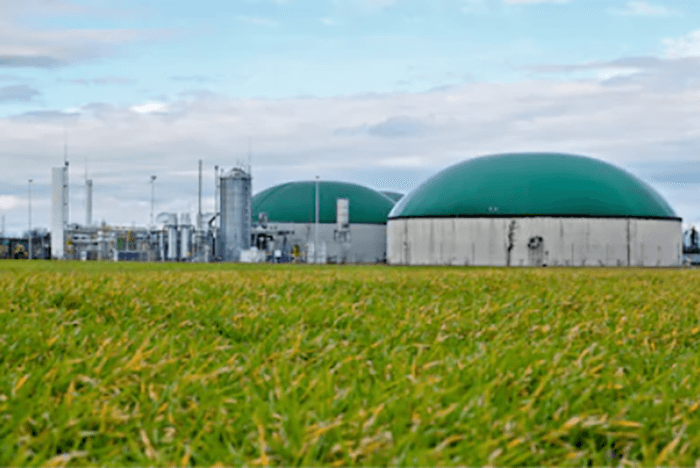Lifeasible provides technical consulting, project design, and program optimization services for anaerobic digestion technology in methane production. We are always committed to solving various professional problems in the production process for our customers, enabling them to produce methane with higher quality and higher yield.

The anaerobic digestion method for methane production, is also known as biogas fermentation or microbial fermentation. It refers to the decomposition process of various organic matters into methane, carbon dioxide, microbial cells and inorganic nutrients by microorganisms in the absence of dissolved oxygen, nitrate and sulfate. The raw materials for anaerobic digestion technology are varied, which mainly include animal manure, organic fraction of municipal solid waste, food waste, sewage sludge, algae, agricultural residues and energy crops. This reaction can naturally occur in wetlands, swamps, landfills, and the stomachs of ruminants. Biogas consists mainly of methane and carbon dioxide, which can be burned directly in a clean way for heating and power generation, and can also be used as transportation fuels.
The complete process of anaerobic digestion can be divided into four phases. They are hydrolysis, acidogenesis, acetogenesis, and methanogenesis, which are catalyzed by complex network of different microorganisms. The processes involved in anaerobic digestion mainly include continuous stirred tank reactor (CSTR), plug flow, leach-bed systems (garage style digester), and systems with microchip retention which contains fixed bed, upflow anaerobic sludge blanket (UASB), and expanded sludge blanket (EGSB). Anaerobic digestion is a natural process carried out by microorganisms, and the methane content in the biogas varies between 48% and 73% depending on the composition of biomass substrate, for instance, the ratio of protein, fat and carbohydrate. Except for the influence of substrate composition, process parameters, such as temperature, pH, the exist of inhibitors and toxic substances, significantly affect the activity of microorganisms, and then metane quality. Factors that have an important influence on the choice of process, for example, the availability of nutrients and trace elements, mass transfer between substrates and microorganisms, will affect the conversion rate of the substrate and ultimately affect the quality of biogas. In order to obtain the higher microbial activity, which is aim to obtain higher substrate conversion rate, various relevant parameters in the methane production process should be optimized. In addition, a pretreatment should be taken to the raw materials so that the water content of substrate, the content of particles, and the content of impurities in the digestive medium can meet the process requirements.
Lifeasible not only provides technical consulting services related to anaerobic digestion technology in methane production, but also helps customers design production project or optimize existing program to balance the relationship between production costs and conversion rates. We always are committed to helping customers increase quality of methane, and decrease production costs as much as possible. Welcome to contact us for more information.
Lifeasible has established a one-stop service platform for plants. In addition to obtaining customized solutions for plant genetic engineering, customers can also conduct follow-up analysis and research on plants through our analysis platform. The analytical services we provide include but are not limited to the following:
Get Latest Lifeasible News and Updates Directly to Your Inbox
Mechanisms Regulating Plant Chloroplast Biogenesis
April 15, 2025